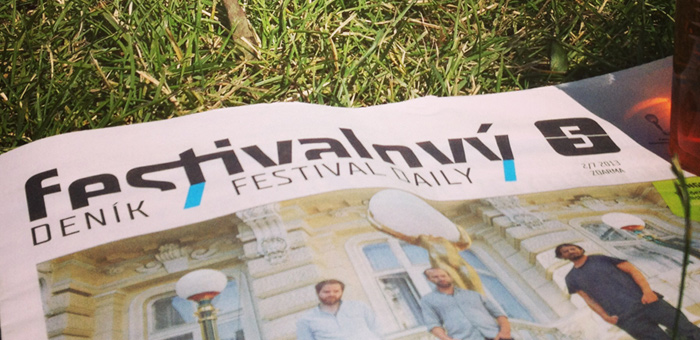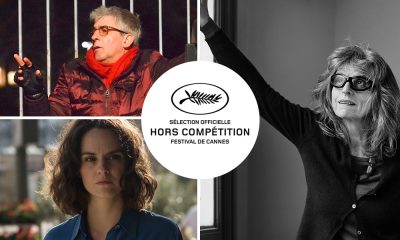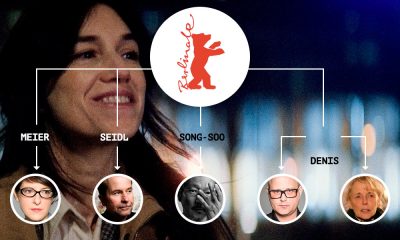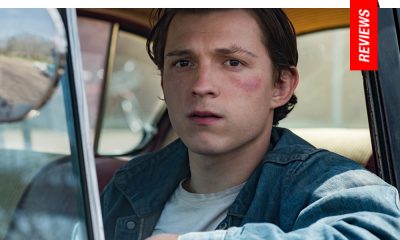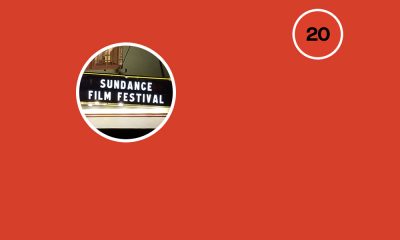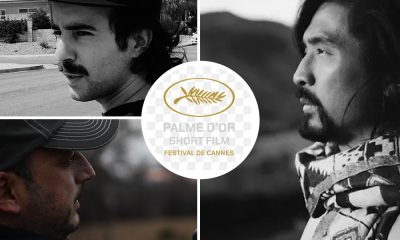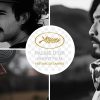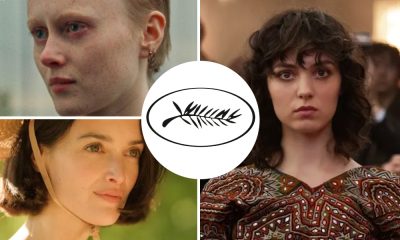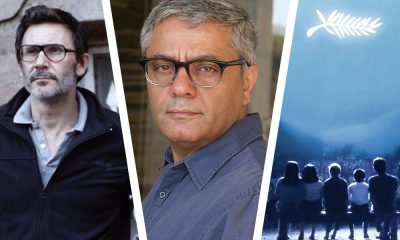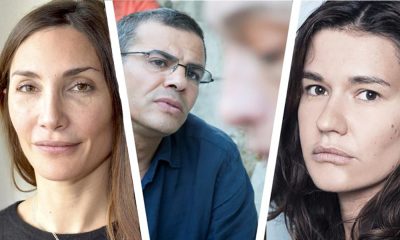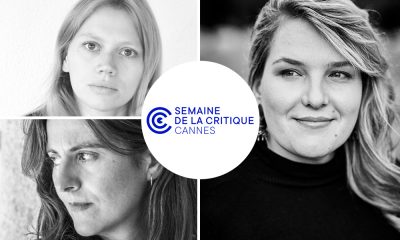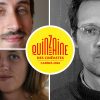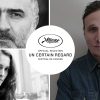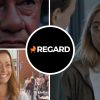Film Festivals
Revisiting Haneke, Pol Pot Plus Panic on Day 5: Live From the 48th Karlovy Vary Int. Film Festival
The second of the “Carte Blanche” double bills began with The Last 15, Antonio Campos’ sophomore short film which followed in the footsteps of Buy It Now (winner of Cinefondation‘s First Prize at the 2005 Cannes Film Festival) and competed for the festival’s 2007’s Palme d’Or. Influenced by the work of master filmmaker Michael Haneke who would ultimately influence Campos’ own filmmaking approach, The Last 15 focuses on the NYC dwelling filled with members of the Kirkland clan (familiar faces in Zoe Lister Jones and Christopher McCann are amongst the actors). With the family home’s ceiling crumbling, Campos displays a collective accumulating individual net worth/debts by utilizing intertitles (think tragic version of the Priceless ad campaign) to detail income, debt, possible financial woes. Twisted and mordant, the short is filled with overlapping spoken dialogue, shut out members hearing but not listening to one another in a controlled chaos setting, where the film’s climax tragic is announced early on, at first it brings on a certain malaise which Campos then asserts a certain control of the viewer – essentially we become the ball of yarn tossed around by the kitten. Check out the introduction below to hear about how Haneke was first introduced to the filmmaker and how it cemented his relationship with Sean Durkin).
Less flashy, unlikely to cause the uproar and division we viewed in his body of work give, I had originally ranked Michael Haneke’s Code Unknown (second part of the double bill) somewhere in the The Time of the Wolf pack, several notches below Funny Games, Cache and The Piano Teacher. Revisiting this film a decade plus later, quite masterfully, Code Unknown reaches for the jugular, conveys that we the viewer aren’t that much different in our moral choices than those we see in the film. Working with a strategized network narrative – one that stands out from the many in Bordwell’s samples, the year 2000 film had appeared as less all-encompassing and oddly mapped out, but after the screening I felt that device was no less disciplined as it engages the viewer by revealing some information, dispelling some, while omitting others – those countless fades to black are welcome beats for analysis.
Bookmarked by elementary school aged hearing impaired children playing what could be a game of charades, the first sequence in which a group of peers are unable to identify what is ostensibly the emotion of being terrorized, an exercise which foreshadows what we can expect for the rest of the film: misunderstanding and/or lack of comprehension. Haneke’s use of the tracking shot in the long introductory sequence is ingenious; it informs the viewer that one event can contain many truths it all depends on one’s perspective beforehand, and at what point the individual joins the timeline. Charged sequences such as when Juliette Binoche’s character is bordered up in a vacant apartment (a wink to the manipulation brought across in Funny Games), or when she is threatened on the subway (Haneke embarks on a long quest in this film to express our futile attempts of being morally well adjusted folks despite the obvious racial divide/discrimination) are just the tip of the iceberg in my second viewing, already looking forward to what a third and fourth viewing will do.
Another Cannes item that I missed out on while on the Croiaette was Rithy Panh’s latest, which during my viewing of the unique claymated film thought would make a perfect double bill with The Act of Killing. The Missing Picture is what happens when a collective, historical event has no visual public record and when recurrent nightmares can’t be put to rest. The use of clay figures to document atrocities, superimposed on raw footage with descriptive form of narration makes for a raw, surprisingly fierce experience.
Final screening of the day…and there was indeed panic at the The Panic in Needle Park screening. In the vid below, Jerry Schatzberg presented his film and gave anecdotes has to how and why he joined the project/directed the film. Around the midway point of the actual screening, some dude screamed out in the official language of the setting. I thought he was making an ass of himself for objectifying to the honest depiction of drug use – of course, I got it all wrong, a patron fainted and the Schatzberg himself was like the family head cook during a populated Holiday dinner – making sure that all his guests were well (see pic above).
In watching the film, you come to appreciate Al Pacino’s off-kilter approach and his counterpart (sort of like a Sienna Miller naturally good looking girl next door) in Kitty Winn, whose Helen makes an almost conscious decision to join Bobby in his downward spiral is just as riveting. Winn would when Best Actress in Cannes for her perf. I’m not sure how previous drug addiction films treated actual scenes of drug abuse, but I value Schatzberg’s unromanticized, no cutting away POV. What I appreciated the most was how this was simply told tale about nice people trying to make it in between hits – thus turning tricks, stealing, and hurting themselves in the long run.



